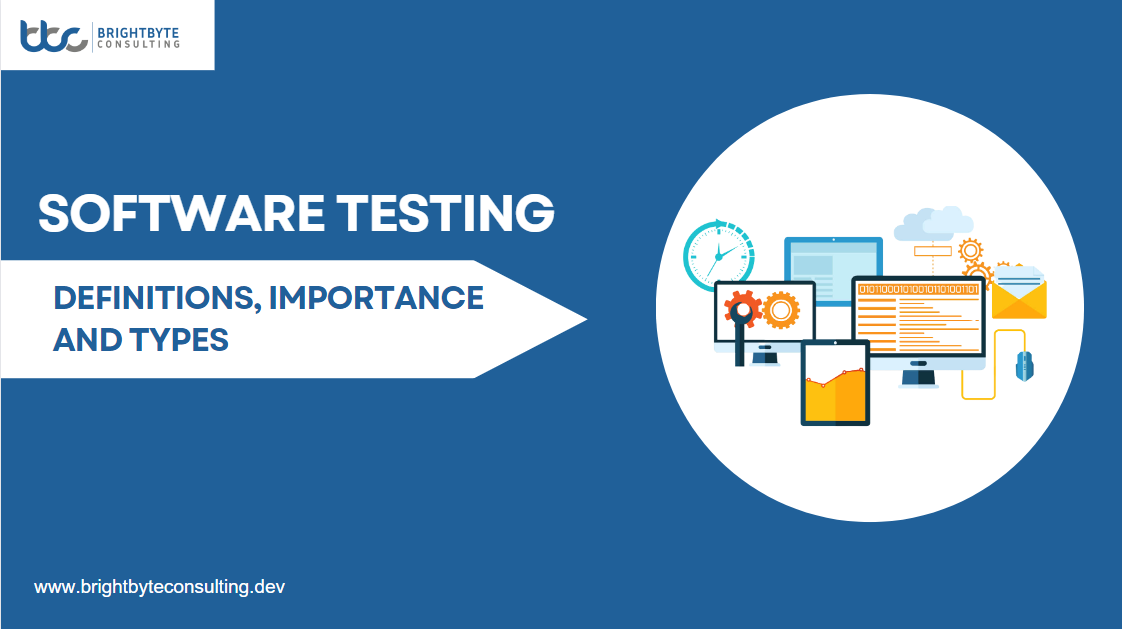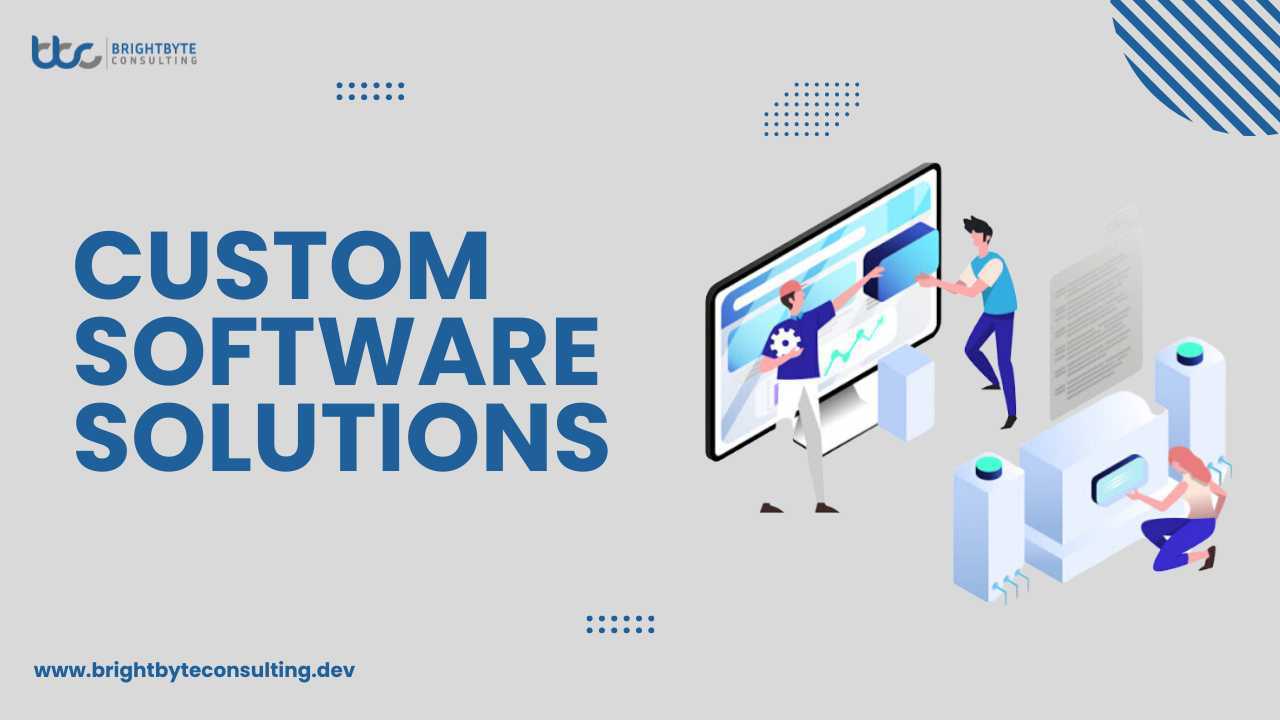In the ever-evolving landscape of software development, ensuring the quality and reliability of software applications is paramount. Software testing plays a crucial role in this process, serving as the gatekeeper for identifying defects and ensuring that the final product meets the desired standards. In this comprehensive guide, we will delve into the various types of software testing methodologies, their significance, and how they contribute to the development lifecycle.
What is Software Testing?
Software testing is a systematic process of evaluating a software application to identify any discrepancies between expected and actual results. It involves executing the software under controlled conditions to uncover errors or bugs and assess its overall quality. The primary goal of software testing is to ensure that the software meets the specified requirements, functions as intended, and delivers a seamless user experience.
Importance of Software Testing
Software testing is a critical component of the software development process, playing a pivotal role in ensuring the quality, reliability, and performance of software applications. Its significance cannot be overstated, as it directly impacts the success of software projects and the satisfaction of end users. Let’s delve into the importance of software testing in detail:
Quality Assurance
One of the primary objectives of software testing is to guarantee the quality of the software product. By systematically evaluating the software against predefined requirements and specifications, testing helps identify defects, bugs, and inconsistencies early in the development lifecycle. Addressing these issues promptly ensures that the final product meets the desired quality standards and performs as intended.
Risk Mitigation
Software testing helps mitigate risks associated with software failures or malfunctions. Identifying and rectifying defects during the testing phase reduces the likelihood of encountering critical issues post-deployment. This proactive approach minimizes the potential financial losses, reputational damage, and legal implications that may arise from software failures in production environments.
Enhanced User Experience
User satisfaction is paramount in the success of any software application. Effective software testing ensures that the software meets user expectations by delivering a seamless and intuitive user experience. By identifying usability issues, performance bottlenecks, and interface inconsistencies, testing enables developers to refine the software and optimize its usability, thereby enhancing the overall user experience.
Cost Savings
While some may perceive software testing as an additional expense, it actually contributes to significant cost savings in the long run. Detecting and resolving defects early in the development process is far less expensive than addressing them after the software has been deployed. Moreover, software failures in production environments can incur substantial costs related to downtime, customer support, and potential legal liabilities. Investing in comprehensive testing upfront helps mitigate these costs and ensures a higher return on investment (ROI) for the software project.
Compliance and Regulatory Requirements
Many industries are subject to regulatory standards and compliance mandates governing the development and deployment of software applications. Software testing plays a crucial role in ensuring that the software meets these regulatory requirements and industry-specific standards. By conducting thorough testing, organizations can demonstrate compliance with regulations such as: HIPAA (Health Insurance Portability and Accountability Act), GDPR (General Data Protection Regulation), PCI DSS (Payment Card Industry Data Security Standard), and others.
Continuous Improvement
Software testing fosters a culture of continuous improvement within development teams. By analyzing test results, identifying areas for enhancement, and incorporating feedback from stakeholders and end users, developers can iteratively refine the software and enhance its functionality, performance, and reliability over time. This iterative approach to testing and development ensures that the software remains competitive in a rapidly evolving market landscape.
Customer Confidence and Satisfaction
High-quality software instills confidence in customers and enhances their satisfaction with the product. When users encounter minimal defects or issues while using the software, they are more likely to trust the product and recommend it to others. Positive user experiences lead to greater customer retention, brand loyalty, and ultimately, business success.
Quality Assurance
Testing helps in identifying and rectifying defects early in the development process, ensuring a high-quality end product.
Risk Mitigation
It reduces the risk of software failure or malfunction, which can lead to financial losses and damage to reputation.
Enhanced User Experience
Thorough testing ensures that the software meets user expectations and provides a smooth and intuitive experience.
Compliance
Testing ensures that the software complies with regulatory standards and industry best practices.
Types of Software Testing
Software testing encompasses various methodologies and techniques, each serving a specific purpose in the development lifecycle. Here are some of the most commonly used types of software testing:
1. Unit Testing
Unit testing involves testing individual components or units of code in isolation. It focuses on verifying that each unit functions correctly as per the design specifications. Developers typically perform unit testing during the coding phase using automated testing frameworks like JUnit for Java or NUnit for .NET.
2. Integration Testing
Integration testing validates the interactions between different modules or components of the software. It ensures that these components work seamlessly together when integrated into the larger system. Integration testing can be performed using both top-down and bottom-up approaches, depending on the software architecture.
3. System Testing
System testing evaluates the entire software system as a whole to verify its compliance with the specified requirements. It tests the system’s functionality, performance, reliability, and security under various conditions. System testing can include functional testing, performance testing, security testing, and usability testing.
4. Acceptance Testing
Acceptance testing, also known as user acceptance testing (UAT), involves validating the software against the end user’s requirements and expectations. It is the final phase of testing before the software is released to production. Stakeholders or end users typically conduct acceptance testing to ensure that the software meets their needs and is ready for deployment.
5. Regression Testing
Regression testing ensures that recent code changes have not adversely affected the existing functionality of the software. It involves retesting the modified or updated parts of the software along with the unaffected areas to detect any unintended side effects. Automated testing tools are often used to streamline the regression testing process and ensure comprehensive test coverage.
6. Performance Testing
Performance testing evaluates the software’s responsiveness, scalability, and stability under various load conditions. It helps identify performance bottlenecks and optimize the software for optimal performance. Common types of performance testing include load testing, stress testing, and scalability testing.
7. Security Testing
Security testing assesses the software’s resilience to external threats and vulnerabilities. It aims to identify and mitigate potential security risks, such as unauthorized access, data breaches, or denial-of-service attacks. Security testing techniques include penetration testing, vulnerability scanning, and security code reviews.
8. Usability Testing
Usability testing evaluates the software’s user interface and overall user experience. It assesses how easily users can interact with the software and accomplish their tasks efficiently. Usability testing helps identify usability issues and design flaws early in the development process, allowing for timely adjustments and improvements.
Conclusion
Software testing is an integral part of the software development lifecycle, ensuring that software applications meet quality standards, perform reliably, and deliver a positive user experience. By understanding the various types of software testing methodologies and their significance, developers can effectively identify and address issues early in the development process, ultimately leading to the delivery of high-quality software products.
As technology continues to advance and software systems become more complex, the importance of robust testing practices cannot be overstated. By embracing a comprehensive approach to software testing and leveraging the right tools and techniques, organizations can minimize risks, enhance software quality, and achieve greater success in today’s competitive market landscape.
FAQs
What is software testing?
Software testing is the process of evaluating software to find defects and ensure it meets requirements.
Why is software testing important?
It ensures quality, reduces risks, and enhances user satisfaction.
What are the different types of software testing?
Types include unit testing, integration testing, system testing, acceptance testing, and more.
When should software testing be conducted?
Throughout the development lifecycle, from planning to deployment.
How can organizations improve software testing?
By using comprehensive strategies, automated tools, and fostering collaboration.











